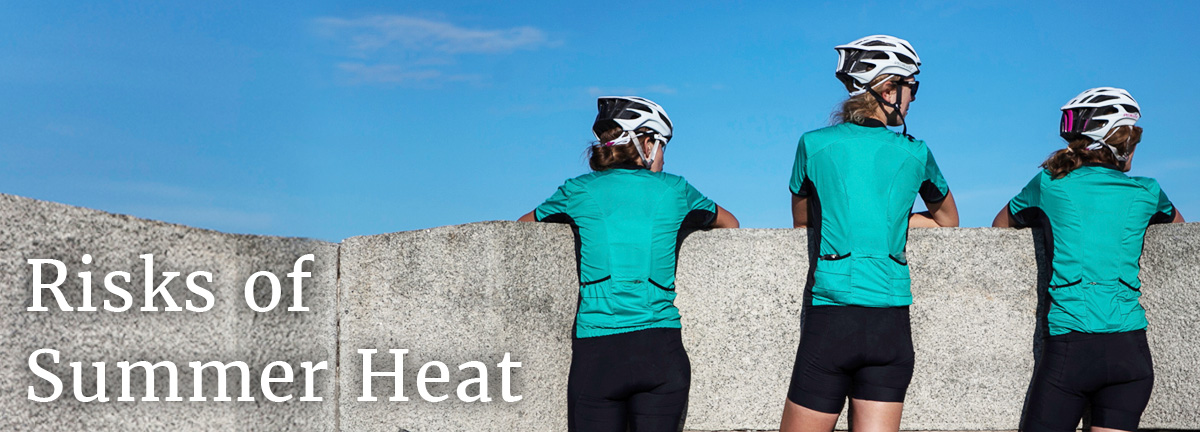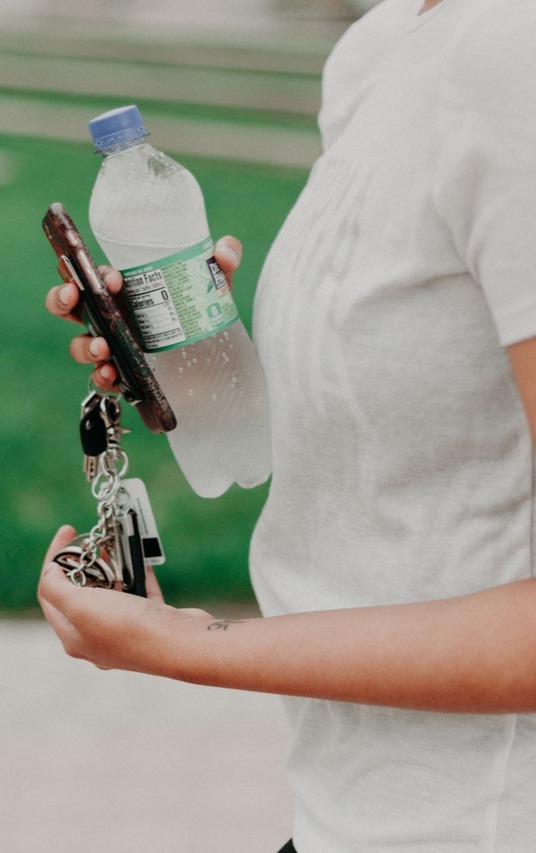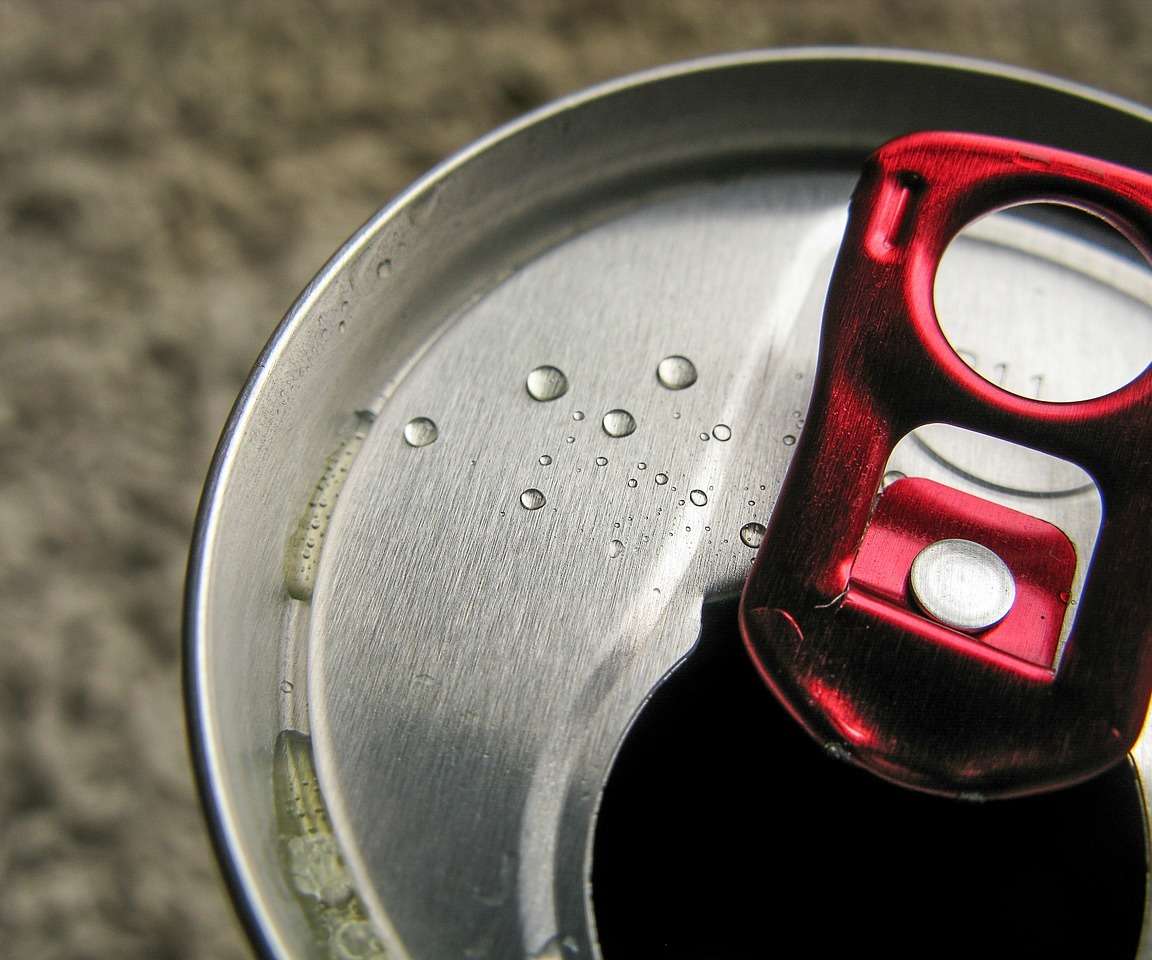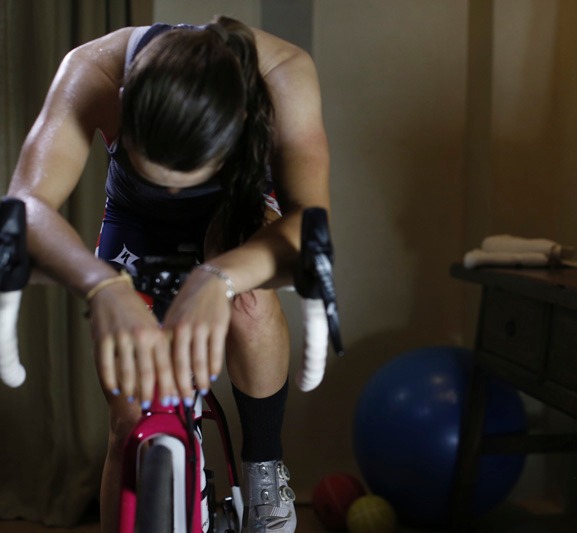
Avoiding Heat Exhaustion
Summer is a time of freedom, and a wonderful time to partake in the joys of cycling. But it's important to take precautions against the seasonal risks: heat injury and dehydration. Three stages of heat illness await the unaware. Heat cramps are muscle spasms caused by dehydration and loss of electrolytes. Heat exhaustion due to more profound loss of water and electrolytes is characterized by weakness, headache, dizziness, low blood pressure, elevated pulse, and body temperatures as high as 104°. Both can usually be treated by moving out of the sun, drinking fluids, and eating salty food. Heat stroke is a life-threatening condition of severe dehydration, high body temperature, and shutdown of the cooling mechanisms (the victim may be delirious or comatose, and in many cases will have stopped sweating; pulse is rapid and weak, blood pressure is low and body temperature is greater than 105°) and requires immediate medical attention. Prevention
|

Hydration
Drink before, during, and after the ride. And hydrate thoroughly the day before. A good sign of hydration is the output of large volumes of clear, dilute and odorless urine.
Hyper-hydrate just before you start out for the day. Drinking 15 - 20 ounces of cold water or an electrolyte solution two hours before cycling can help delay the process of dehydration, and drinking the same amount again thirty minutes before you begin is additional insurance.
It may seem obvious to drink during your ride, but many riders underestimate the magnitude of their fluid loss -- especially in dry climates like California's Central Valley, where properly clothed cyclists rarely get the wet, sticky feeling our counterparts in other sports and climes are so familiar with! Still, it's difficult to avoid dehydration during a long, fast ride, because the rate of sweat loss can exceed the rate of absorption of ingested fluids. Drinking 8 ounces of water or electrolyte fluid every 10 - 15 minutes is recommended to attempt to stay hydrated in the heat; this equals about 1-2 standard water bottles per one hour period.
For some people, drinking that much at once causes a "bloated" feeling, so drinking every 15 minutes is often more effective. Many California riders and hikers prefer to use a hydration pack with a hose kept just inches from their mouth; we stock excellent hot-weather models from Deuter and Camelbak. Whatever method you choose, it's important to plan your hydration strategy ahead of time and stick to it. Sometimes the simplest solutions have the most effective results. Drink, drink and drink. This simple solution to dehydration can make your summer biking as enjoyable as possible.

Choice of fluid
For rides lasting less than 1 hour, water alone is adequate. For longer trips, we can show you a wide variety of manufactured sports drinks. The most important features are taste, carbohydrate and sodium content.
Taste, because if you don't like it you won't drink it. Carbohydrate content in the range of 4 - 8% is best for endurance rides, and sodium content should also fall at around 7%. There doesn't appear to be any advantage gained from adding other electrolytes (e.g.. potassium, magnesium) since the diet is usually adequate to replace these.

Exercise intensity and duration
Never forget that how hard you push yourself during a ride is under your direct control. You can push it, dehydrate, and hurt yourself, or you can slow down, hydrate and prevent feeling lousy…. or worse.
Clothing
Your choice of clothing can influence your cooling efficiency. Light colored clothing is cooler than dark colored clothing. Most cycling clothing is made from "wicking" fibers which transport body moisture quickly to the outside of the garment where it easily evaporates, keeping you cool (if you continue to drink enough liquids) and dry. Ask our staff for recommendations on the best clothing to use in various conditions, knowing that here in Davis, we're experts on HOT weather gear!
